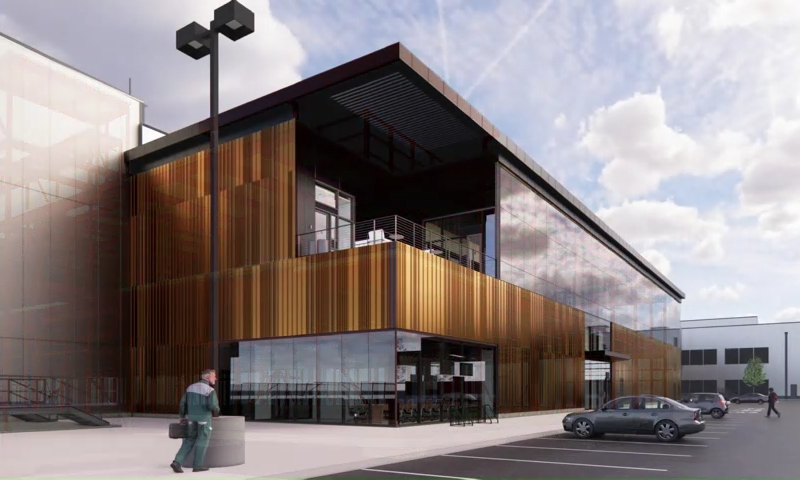In northern Virginia, Microsoft is testing an unconventional approach to reduce its environmental impact by constructing its first data centres with cross-laminated timber (CLT), an ultra-lightweight, fire-resistant wood. This hybrid model integrates wood with steel and concrete to significantly cut carbon emissions, aiming to replace traditional steel and concrete, which are among the highest contributors to global carbon emissions. This experimental construction approach is estimated to reduce the embodied carbon footprint by 35% compared to steel-only construction and by 65% compared to conventional precast concrete.
Microsoft’s initiative reflects its ongoing commitment to sustainability. In 2020, the tech giant announced bold climate targets achieving “carbon negative” status by 2030 and removing all carbon it has emitted since 1975 by 2050. Despite a recent 6.3% drop in direct emissions over three years, indirect emissions have risen by 30.9%, driven by the expansion of data centres and the emissions from hardware production, which involve complex supply chains outside Microsoft’s direct control.
Microsoft has since launched an extensive decarbonisation strategy. Sustainability lead Jim Hanna notes it’s an “all-hands-on-deck task.” As part of this, Microsoft is updating contracts to prioritise low-carbon materials and requiring select suppliers to use 100% carbon-free electricity by 2030. Microsoft has also increased its investments in low-carbon materials, including CO₂-trapping concrete and hydrogen-fueled steel, and now is exploring CLT, widely used in Europe, as one of the first hyperscale implementations of engineered wood in a US data centre.
Microsoft isn’t alone in pursuing ambitious sustainability goals, with many large corporations and suppliers committed to reducing their carbon footprints. “A lot of our suppliers are on the same journey as we are,” said Richard Hage, who leads Microsoft’s global data centre strategy, adding that suppliers are actively reducing embodied carbon in their materials.
Outside tech, other sectors, such as education and healthcare, are also adopting sustainable construction practices, but few operate at Microsoft’s scale. According to Thomas Hooker of Thornton Tomasetti, the structural engineering firm behind Microsoft’s new datacentres, “Microsoft is in a unique position… they can almost be like a market mover.” Hooker explained that Microsoft’s commitment could accelerate widespread adoption of these low-carbon technologies.
Microsoft’s pioneering data centre construction in Virginia, designed in partnership with Thornton Tomasetti and architecture firm Gensler, could signal a major shift in sustainable building practices across industries.
“We have to be system thinkers across the entire value chain of these materials that go into our data centres and the equipment that supplies our data centres,” said Hanna, adding, “That’s what makes it hard, but certainly not impossible.”




















